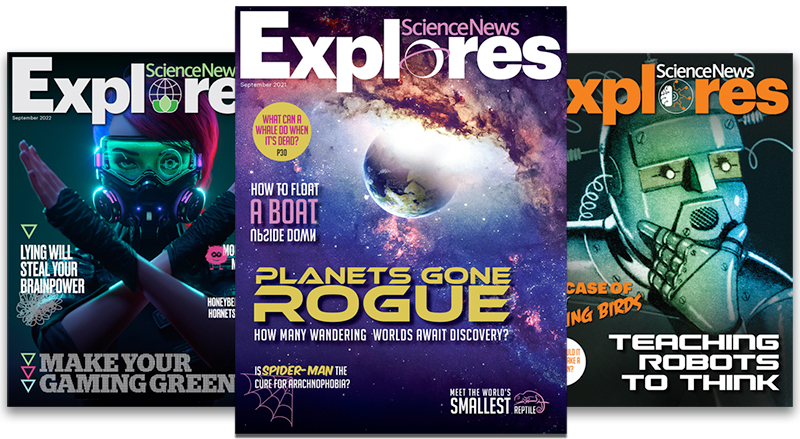
Science News Media Group
It was a very big year in space exploration, from the James Webb Space Telescope’s dazzling images to the first Artemis launch that marked return to lunar exploration with the aim of returning humans to the moon. Back on Earth, we explained how Russia’s invasion of Ukraine impacts global science, celebrated the 10th anniversary of the discovery of the Higgs boson and explored how the millions of people afflicted with long COVID struggle to find treatment. We also wrote the final chapters in our Century of Science project commemorating our centennial, and looked back at Science News’ first 100 years of pioneering science journalism.
We expanded our reach in media popular with young people by launching a TikTok channel and a new science comic, Wild Things. The comic won the AAAS/Kavli gold award in science journalism for children, with judges praising it for explaining the scientific process “with a light touch, in a way that was both fun and hugely engaging for young people.”
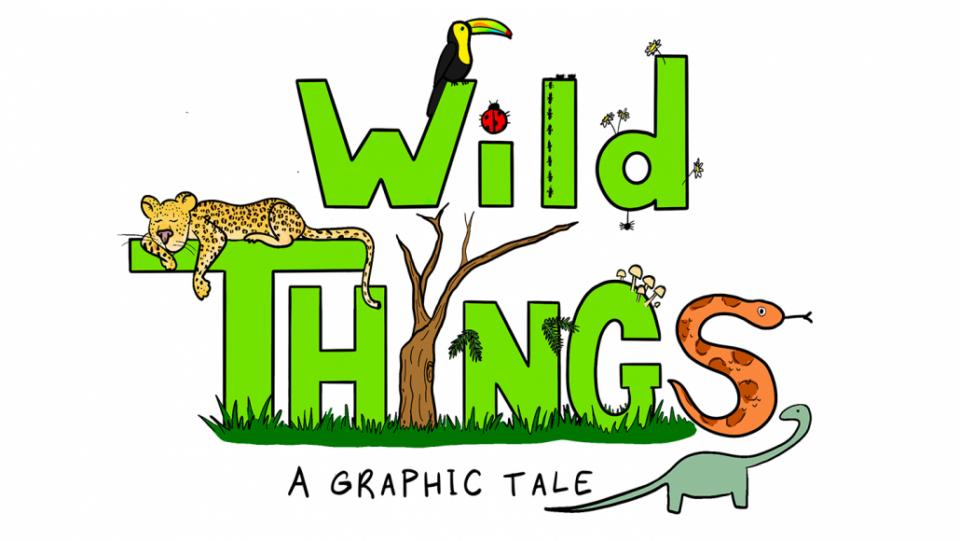
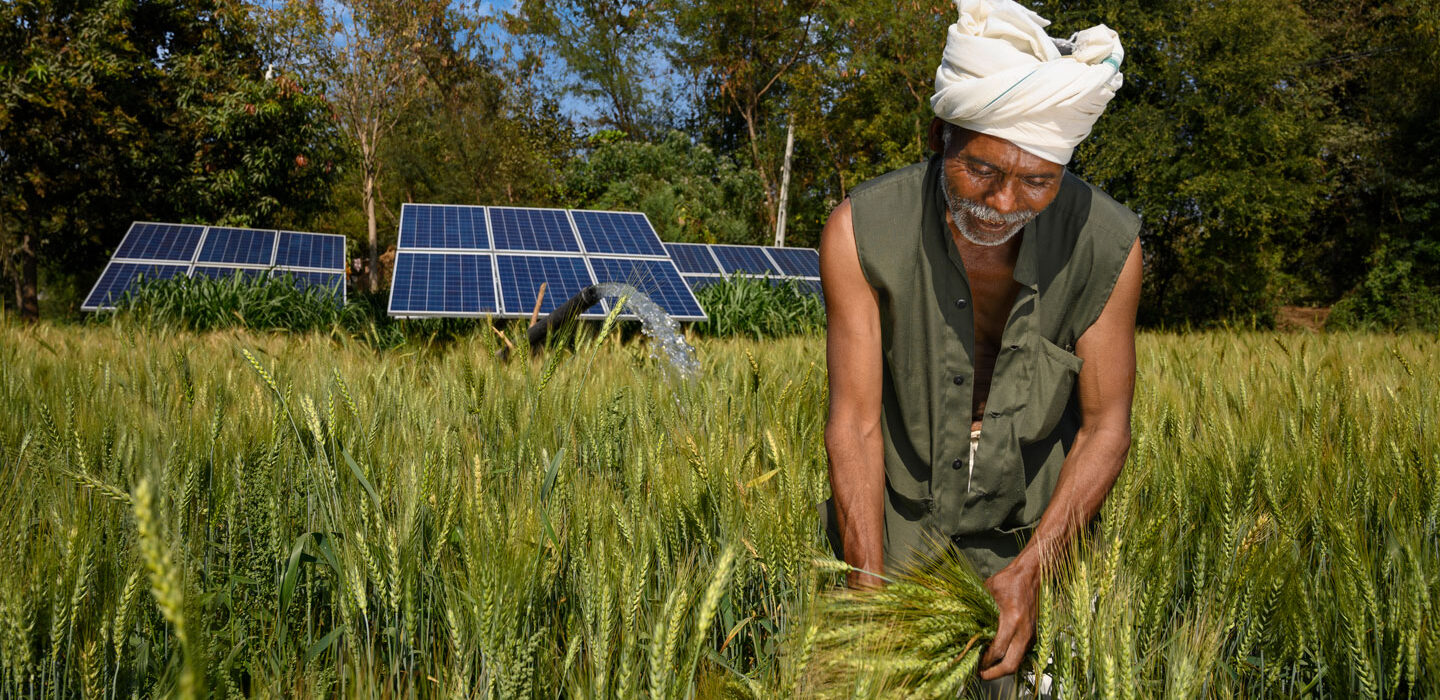
Farmers in India cut their carbon footprint with trees and solar power
Climate-friendly agriculture offers new income sources and is more sustainable.
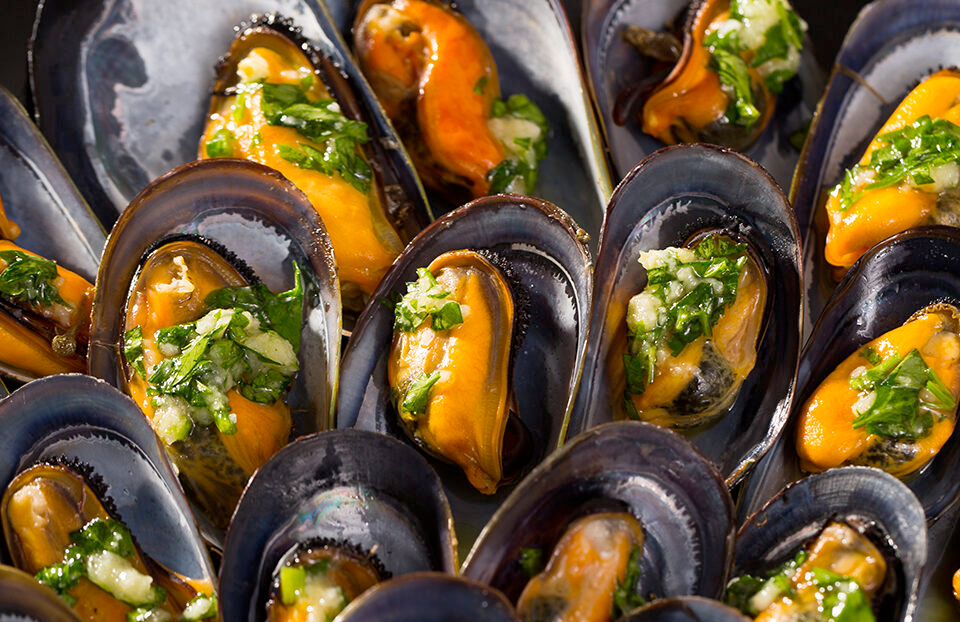
These six foods may become more popular as the planet warms
Mussels, millet, cassava and more are resilient, sustainable and nutrient dense.

2022’s biggest climate change bill pushes clean energy
Experts weighed in on the pros and cons of the U.S. Inflation Reduction Act.
We expanded coverage of advances in biomedical research, including the link between the Epstein-Barr virus and multiple sclerosis; science edges closer to successful pig-to-human organ transplants; proof that even brief bursts of activity offer health benefits; a child treated for a rare genetic disease while still in the womb; and at last, the first truly complete human genome.
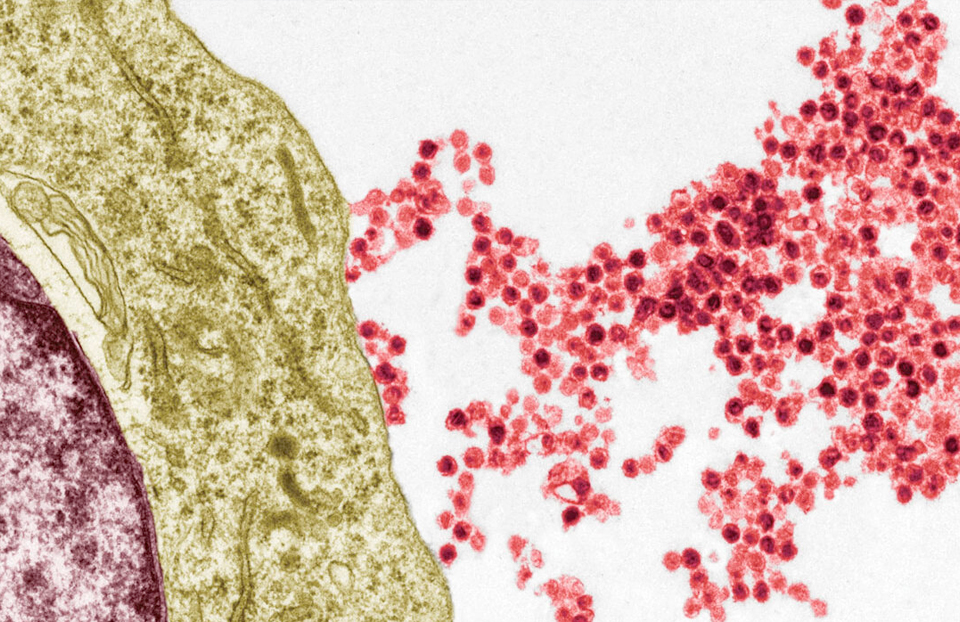
We launched a new magazine! In May the Science News Explores print magazine debuted, created to help young people and their families follow their curiosity (and put down their phones). And we renamed the Science News for Students website Science News Explores, to reflect the broad appeal of articles such as the future of the metaverse, nicotine’s effect on the teen brain and what the Big Bang kickstarted and how long it took light and gravity to emerge.
